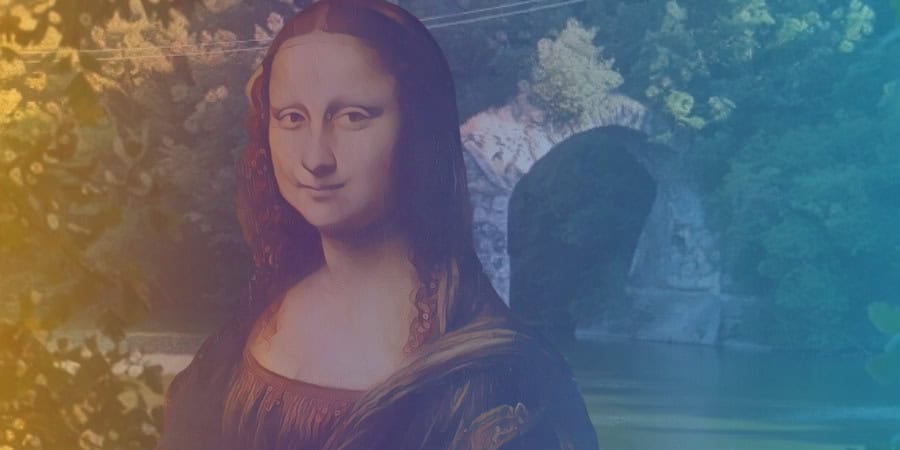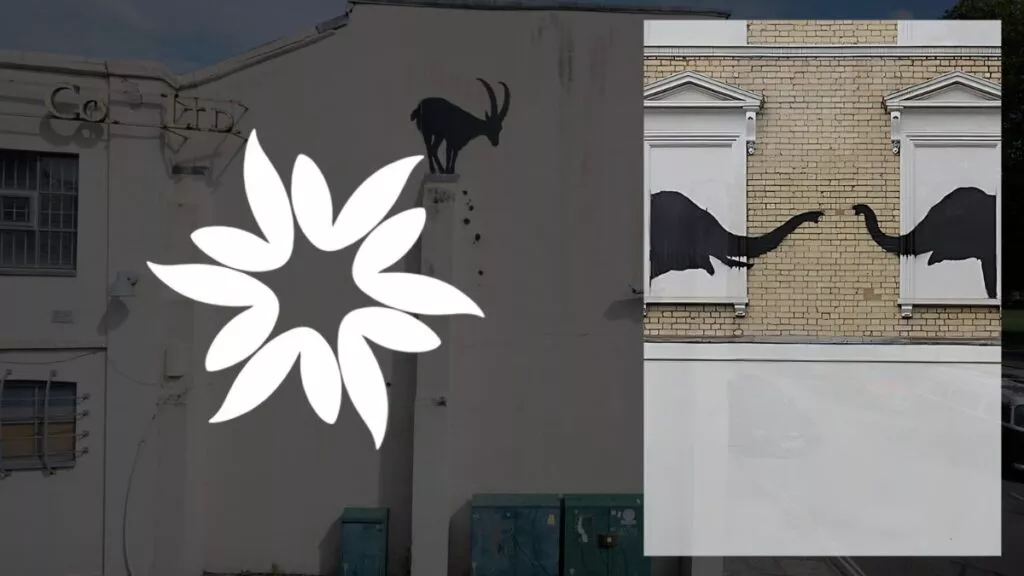Key Takeaways
- Italian art historian Silvano Vinceti has claimed to have identified the bridge in the background of the Mona Lisa, the iconic painting by Leonardo da Vinci, as the Romito di Laterina bridge in the province of Arezzo.
- Vincenti's theory is based on the fact that the bridge in Leonardo's painting has four arches, as does the Romito di Laterina bridge, whereas Ponte Buriano has six arches, and Ponte Bobbio has more than six.
- Historical documents belonging to the Medici family in the state archives of Florence showed that the Romito bridge was functioning and busy between 1501 and 1503, precisely the time Leonardo was in the Val d'Arno area.
- Vincenti's claims have caused excitement in the small town of Laterina, with hopes for more tourism in the area from admirers of the Mona Lisa painting.
- However, the claims made by Vinceti are not without controversy, and Professor Martin Kemp, an art historian and Leonardo specialist at the University of Oxford, has said that while the theory is "not implausible," it is not "particularly persuasive."
Italian art historian Silvano Vinceti has claimed to have identified the bridge in the background of the Mona Lisa, the iconic painting by Leonardo da Vinci.
Vinceti says the bridge in question is the Romito di Laterina bridge in the province of Arezzo, based on historical documents, drone images, and photographs of the area, which show the same number of arches in both the painting and the Romito.
Background of the Mona Lisa Painting
The identity of the woman featured in the oil painting, believed to be Lisa del Giocondo, has triggered much speculation over the years.
The painting’s background has also been a source of debate, with previous theories identifying the bridge as Ponte Buriano, located near Laterina, as well as Ponte Bobbio in the northern Italian city of Piacenza.
Vinceti’s Theory
Vinceti’s theory is based on the fact that the bridge in Leonardo’s painting has four arches, as does the Romito di Laterina bridge, whereas Ponte Buriano has six arches, and Ponte Bobbio has more than six.
Historical documents belonging to the Medici family in the state archives of Florence showed that the Romito bridge was functioning and busy between 1501 and 1503, precisely the time Leonardo was in the Val d’Arno area, first at the service of Cesare Borgia, a cardinal from a noble family, and then for Piero Soderini, a statesman of the Republic of Florence.
Vincenti studied drone images of the river banks, the ruins, and photographs over the years to determine that the “Etruscan-Roman Romito bridge is unmistakably” the one in the background.
Only one arch remains at the Romito, which stretched across the Arno river, as well as the foundation of the bridge on the opposite riverbank.
Using the size of the remaining arch, Vincenti established that four arches of the same size fitted perfectly across the stretch of river.
Italian art historian Silvano Vinceti has claimed to have identified the bridge in the background of the Mona Lisa, the iconic painting by Leonardo da Vinci.

Impact on the Region
Vincenti’s claims have caused excitement in the small town of Laterina, with hopes for more tourism in the area from admirers of the Mona Lisa painting.
Mayor Simona Neri said Vinceti’s theory about the bridge was a source of excitement for many of the residents in her town of 3,500 people.
“We need to try to protect what’s left of the bridge, which will require funding,” Neri said.
Vincenti’s claims will no doubt put the noses of those in nearby Buriano out of joint, where a poster of the Mona Lisa stands next to a signpost for its bridge.
Expert Response
However, the claims made by Vinceti are not without controversy. Professor Martin Kemp, an art historian and Leonardo specialist at the University of Oxford, has said that while the theory is “not implausible”, it is not “particularly persuasive.”
Kemp argued that the bridge could be a “fantasy” structure invented by da Vinci, rather than a real bridge, based on the many inconsistencies in the painting’s perspective and scale.
Conclusion
The mystery surrounding the identity of the woman in the painting and the background has been a subject of debate for centuries.
Vinceti’s theory adds a new chapter to the ongoing discussion about the Mona Lisa’s background.
However, it remains to be seen how widely accepted Vinceti’s research will be by the wider academic community.








